
Stress Fractures In Football
As we move towards selection for next year’s club football sides there is a tendency for players to push harder to prove themselves. More training, higher intensity, less rest / recovery time plus there can be school soccer games added in there, not to mention lunchtime playground fun. One consequence of an imbalance in load versus rest time is stress fractures. The earlier the problem is diagnosed the better the outcome and given that stress fractures can unfortunately lead to prolonged periods of lost game time, it is an important topic in football health and wellbeing. We have previously published a blog regarding stress fractures in runners, which includes a detailed explanation of the cause, biological process, diagnosis and management which you can read about here.
This blog will focus on some common causative factors and the division of the “high risk” versus “low risk” types of stress fractures, as these are managed very differently. The risk relates to the specific location within a given bone rather than the likelihood of developing that type of stress fracture.
Stress fractures almost always occur in one of the following scenarios, or a combination of these.
- Increase in load on a region of the body in a given (often too short) time period
- Decrease in recovery time relative to loading time
- Decrease in the bone’s ability to repair / remodel following exposure to load.
Therefore, when volume of load increases the risk is higher, such as progressing to a higher competitive level of play, a busy period in the season with extra games and training sessions, an increase in training load such as during pre-season fitness training or even a change in training surface or footwear relative to the amount of loading. Conversely if the athlete’s load remains unchanged but they have a change in diet, energy input, illness or nutritional balance this can lead to an increased risk of injury.
High risk stress fractures generally involve a bony area where there is critical blood supply or an ossification centre (where the bone grows from). An example of these are the Femoral neck (hip), Navicular bone (midfoot), base of the 5th metatarsal (outside of foot) and the medial malleolus (inside of the ankle). These are considered high risk due to the possibility of a full fracture disrupting the only blood supply to this part of the bone, which can lead to ongoing problems. The high risk stress fractures are often managed initially with complete unloading / non-weight bearing and then closely monitored during the periods of activity reduction / relative rest including repeated imaging studies to track bony healing. In more severe cases these can require surgical management. High risk stress fractures often require orthopaedic specialist involvement in early management. Regardless of severity if a stress fracture is diagnosed we recommend assessment and advice regarding management with a sports physician specialist.
Low risk stress fractures are located in areas with good blood supply which are known to heal well with relative rest and progressive rehabilitation. These are more common in soccer and mostly found in the postero-medial tibia (lower inside of the shin) and in the metatarsals (the forefoot). This type of stress fracture can usually be diagnosed clinically but usually require imaging (MRI / Xray) to confirm type and severity.
Effective management of these injuries in soccer players requires good communication between the physiotherapist, sports physician, coaches and player, especially given the potentially longer period of recovery than most soft tissue injuries. It is important not to continue to play if a stress fracture is a possibility.
If you have any questions on the information in this blog or need assistance in diagnosis or rehab relating to soccer injuries, contact us on admin@numovesphysiotherapy.com.au or 49216879.
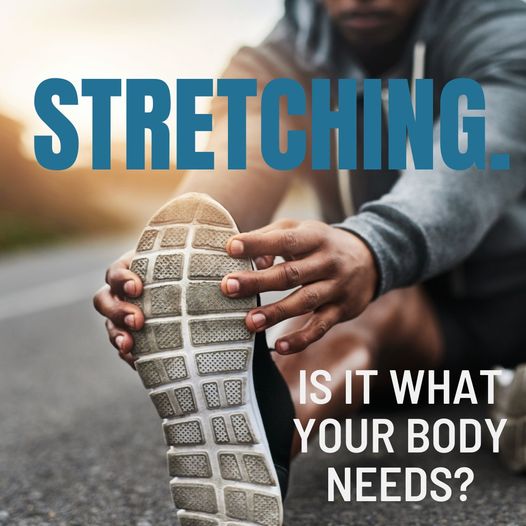

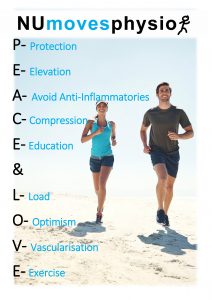
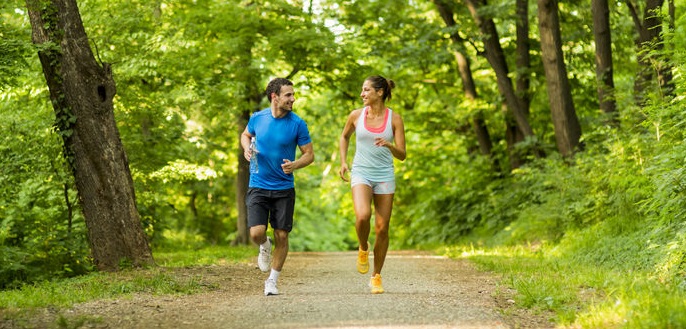
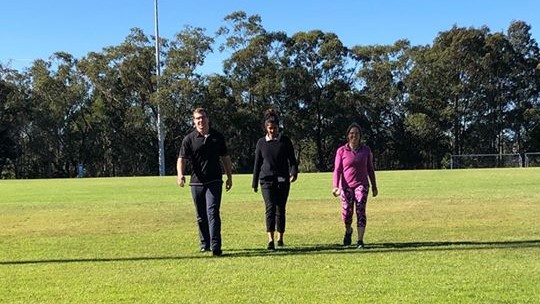
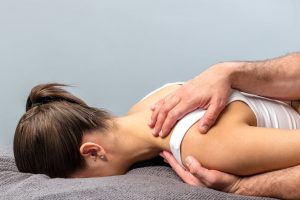

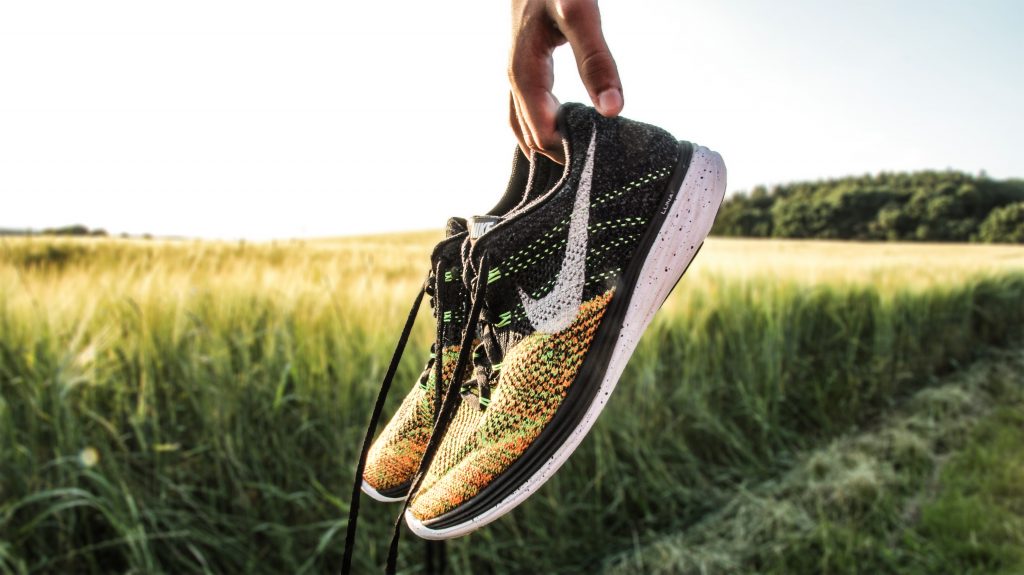



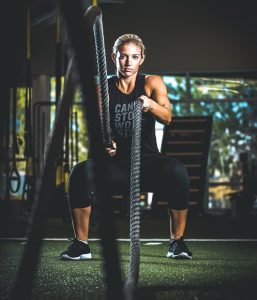 Exercise plays an important role in assisting in the management of mental well-being. Research exists that agrees with the idea that if we are regularly active the symptoms of depression may improve (
Exercise plays an important role in assisting in the management of mental well-being. Research exists that agrees with the idea that if we are regularly active the symptoms of depression may improve (